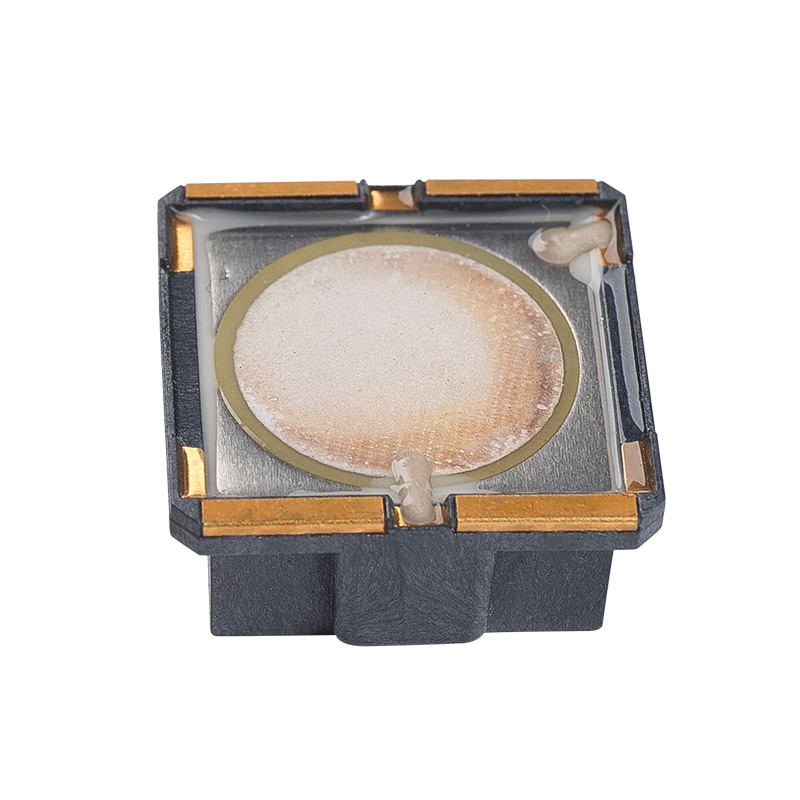1. Role of SMD Passive Buzzers in Alarm Systems
SMD passive buzzers are sound-emitting devices that produce noise in response to electrical signals. In alarm systems, their primary role is to alert individuals to a trigger event, such as an intruder detection, fire alarm, or temperature anomaly. When connected to the system's control circuit, the buzzer will sound off when the system receives a trigger, helping to notify occupants or operators about the condition that needs attention.
These buzzers are generally used in systems that require audible signals to indicate alarms, alerts, or warnings. For instance:
Intruder alarm systems: The buzzer sounds when the system detects unauthorized entry or security breach.
Fire alarm systems: It emits a loud sound when the fire detection system is activated, indicating a fire emergency.
Environmental monitoring systems: For alerts related to gas leaks, temperature deviations, or water leaks, the buzzer provides an immediate audible signal.
2. Key Characteristics of SMD Passive Buzzers
SMD passive buzzers differ from active buzzers in that they require an external signal (usually a square wave or tone signal) to produce sound, rather than generating sound on their own. These characteristics play a significant role in how they affect the system design and effectiveness:
Tone Quality and Frequency: Passive buzzers are often capable of generating a range of frequencies depending on the driving signal. Alarm systems can benefit from buzzers that produce high-pitched, attention-grabbing tones. The choice of frequency can influence how far and how well the alarm can be heard in different environments. For instance, a higher frequency might be effective in short-range alarms, while a lower frequency may travel further.
Current Consumption: SMD buzzers typically consume less power compared to other types of buzzers. This is particularly important in battery-powered alarm systems or portable security devices. Their low power consumption allows for longer operational lifetimes, which is crucial for systems where continuous operation is required, such as smoke detectors and remote alarm systems.
Size and Integration: SMD passive buzzers are compact and can be easily mounted directly onto the PCB, which is a significant advantage for modern alarm system designs that prioritize small form factors. Their surface-mount design simplifies the manufacturing process and allows the integration of multiple alarm functions in smaller, more efficient systems.
Volume and Sound Pressure Level (SPL): SMD passive buzzers come in various loudness levels, measured in decibels (dB). The required sound pressure level for an alarm system will depend on the size of the area, the environment in which the system is deployed, and the urgency of the alert. For example, in large buildings or noisy environments, buzzers with higher SPL ratings may be required to ensure the alarm is heard over background noise.
Operating Voltage and Frequency Response: SMD passive buzzers are available with different voltage ratings and frequency response characteristics. Alarm systems designed for different environments may require buzzers with specific voltage and frequency specifications. For instance, systems operating in low-voltage conditions or those requiring a wide range of sound frequencies may need buzzers that can function effectively in such conditions.

3. Impact on Alarm System Design
The characteristics of SMD passive buzzers can directly influence the design of alarm systems in several ways:
Signal Processing: Since SMD passive buzzers require an external signal to operate, the alarm system must include an appropriate signal generator, such as an oscillator or tone generator circuit. This adds complexity to the design, but it also allows flexibility in the type of sound emitted, which can be tailored to meet specific alarm or notification needs (e.g., varying tones or patterns).
Power Management: Low power consumption makes SMD passive buzzers ideal for battery-operated alarm systems. The system must ensure that the buzzer receives the appropriate signal while maintaining overall power efficiency, especially in systems that need to operate over long periods or in energy-constrained environments.
Noise Environment Considerations: The type of sound and SPL required from the buzzer must be considered based on the environmental noise levels where the alarm is being used. For instance, in noisy industrial environments, a buzzer with a high dB rating is essential, while in residential settings, a less intense sound might suffice.
Customization and Versatility: The ability to generate different tones or patterns makes SMD passive buzzers versatile for various types of alarms, allowing designers to customize the system for specific use cases. For example, fire alarms could use one tone, while intruder alarms could use another. Multi-tone buzzers could be integrated to provide more nuanced alerts, such as differentiating between fire, gas leak, and security breach.
4. Effectiveness of the Alarm System
The effectiveness of an alarm system utilizing SMD passive buzzers depends on several factors:
Audibility: Ensuring that the buzzer is loud enough to be heard across the required distance is crucial. The SPL of the buzzer, combined with the layout of the alarm system, determines whether the alarm can effectively alert people in different areas of a building or facility.
Customization: Systems that allow the use of multiple tones or patterns can provide better clarity in the alarm's meaning, reducing confusion in critical situations. A recognizable and distinguishable tone could signal a fire, while a different one could indicate a security breach.
Reliability: SMD buzzers, due to their solid-state design, tend to be more durable and reliable than traditional mechanical buzzers. This reliability is vital in alarm systems, where consistent performance is needed, especially in life-safety systems.


 EN
EN  English
English Deutsch
Deutsch 中文简体
中文简体
